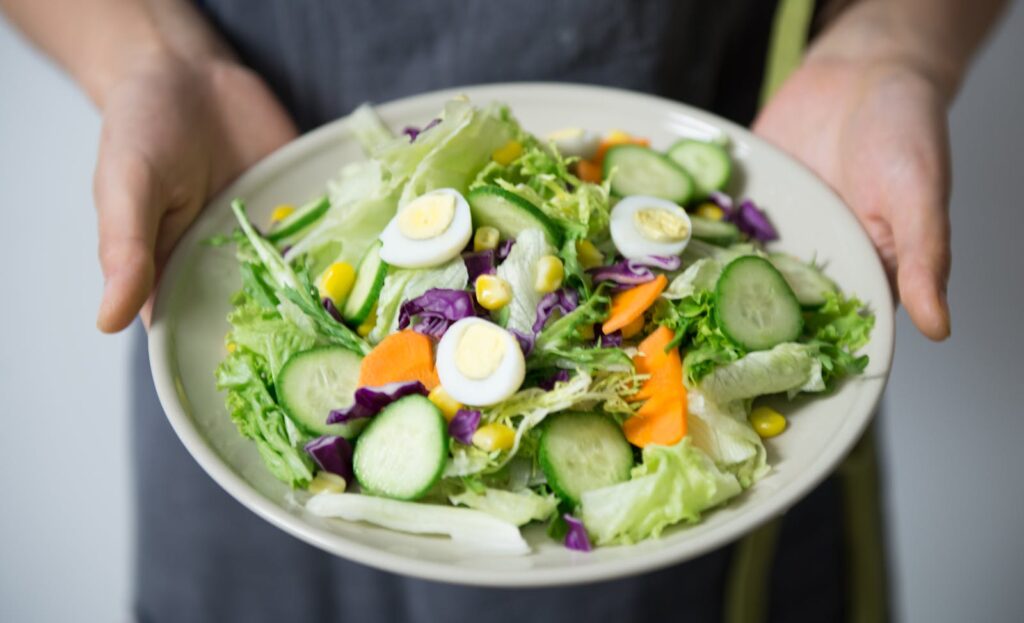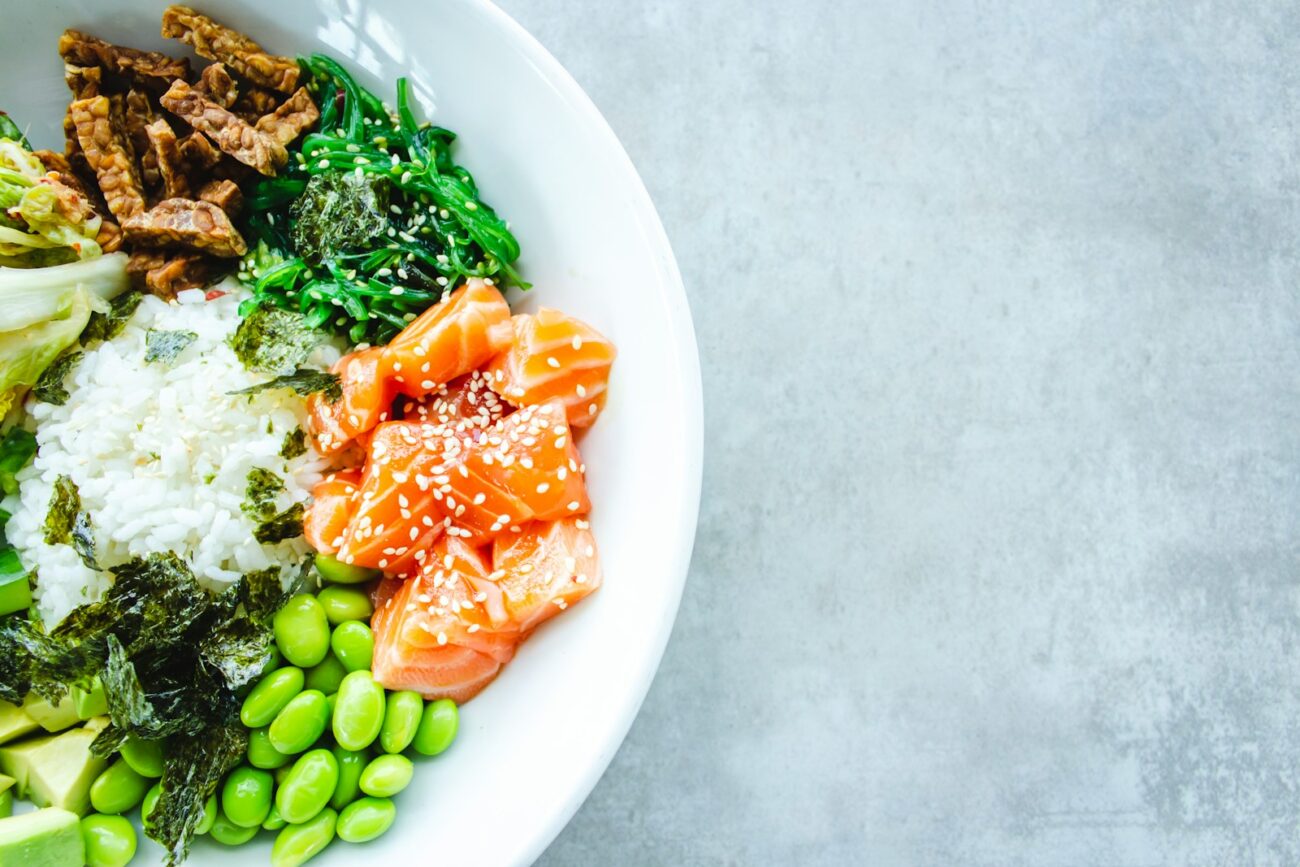You don’t need a degree in nutrition — or a pricey consultation — to build a healthy eating plan tailored to your body, goals, and lifestyle. While nutritionists can be incredibly helpful, the truth is: you can create a personalized nutrition plan on your own with just a bit of guidance, curiosity, and self-awareness.
Here’s how to do it step-by-step.
Step 1: Know Your Goal
Before you start planning meals, be crystal clear about what you’re working toward. Different goals require different strategies.
Ask yourself:
- Do I want to lose weight?
- Build muscle?
- Improve energy?
- Balance hormones?
- Support gut health?
- Just feel better overall?
🎯 Clarity = direction. Once you know your goal, you can make food choices that support it.
Step 2: Understand Your Body’s Needs
Every body is different. But there are some universal building blocks:
- Protein: Repairs and builds tissue. Aim for 1.2–2.0g per kg of body weight depending on your activity level.
- Fats: Support hormones, brain function, and cell health. Focus on healthy fats like olive oil, nuts, seeds, avocado, and fatty fish.
- Carbohydrates: Your body’s main fuel source, especially if you’re active. Choose complex carbs like oats, quinoa, sweet potatoes, and whole grains.
- Fiber: Essential for digestion and blood sugar balance. Found in fruits, vegetables, legumes, and whole grains.
- Water: Stay hydrated! Most adults need 2–3 liters per day.
💡 Use a free macro calculator (like on Precision Nutrition or TDEE Calculator) to estimate your daily calorie and macronutrient needs based on your age, gender, weight, activity level, and goals.
Step 3: Track What You Eat for 3–5 Days
You can’t improve what you don’t measure. Use a free app like MyFitnessPal, Cronometer, or Lose It! to log your meals for a few days. No judgment — just data.
Ask yourself:
- Am I eating enough protein?
- How many calories am I really consuming?
- Do I rely on processed snacks or sugary drinks?
- Am I skipping meals?
📊 This snapshot helps you see what’s working — and what needs tweaking.
Step 4: Build a Balanced Meal Template
Here’s a simple template to build meals around:
🥗 1/2 plate of veggies (fiber, vitamins, antioxidants)
🍗 1 palm-sized serving of protein (chicken, fish, tofu, beans)
🍚 1 cupped-hand of carbs (rice, potatoes, whole grains, fruit)
🥑 1 thumb of healthy fat (olive oil, nuts, seeds, avocado)
Stick to whole, minimally processed foods 80% of the time, and leave room for flexibility and fun the other 20%.
Step 5: Adjust Based on Results (Not Rules)
Your body is the best nutritionist.
If you’re not seeing or feeling the results you want after 2–3 weeks:
- Track again to check portion sizes or hidden calories
- Increase or decrease carbs or fats depending on energy/mood
- Add more protein if you’re not recovering well
- Watch how certain foods make you feel (bloating, cravings, mood swings)
📅 Test → track → adjust → repeat. That’s the core of personalized nutrition.
Step 6: Listen to Your Gut (Literally and Figuratively)
Pay attention to:
- Hunger and fullness signals
- Digestion and regularity
- Energy levels and sleep quality
- Mood and mental clarity
A great diet should feel energizing, not exhausting or restrictive.
Step 7: Keep It Sustainable
It’s not about eating perfectly — it’s about what you do consistently over time. Aim for meals that are:
- Easy to prepare
- Enjoyable to eat
- Flexible for your schedule
- Aligned with your values and preferences
Remember: the best diet is the one you can stick to — and love.

Creating your own personalized nutrition plan doesn’t require fancy tools or expensive coaching. With a bit of structure, self-awareness, and consistency, you can build a way of eating that fuels your body and fits your life.
You are the expert of your own experience. Trust that.

